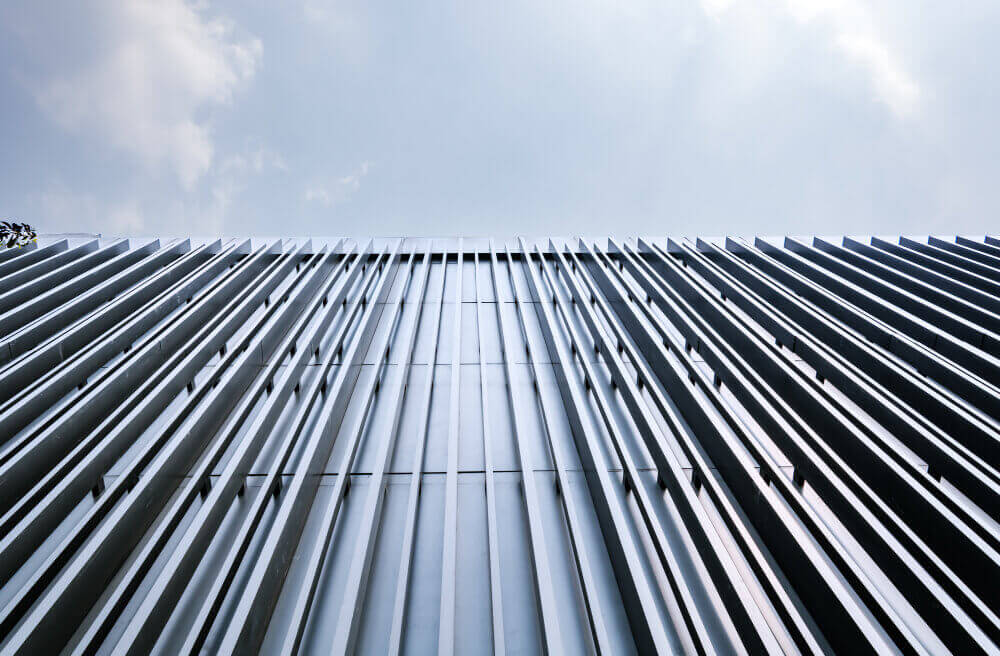
4 Factors that Affect the Corrosion Resistance of Prepainted Steel
Corrosion is a significant concern when it comes to metal materials, as it can lead to structural degradation and reduced lifespan. Prepainted steel, also known as coil-coated steel, offers an effective solution to combat corrosion while providing an aesthetic appeal. In this blog post, we will explore the factors that contribute to the corrosion resistance of prepainted steel, its applications, and the maintenance required to ensure its longevity.
Factors That Affect Corrosion Resistance
To understand the corrosion resistance of prepainted steel, it is essential to consider various factors that influence its performance.
1. Substrate Quality and Composition
The quality and composition of the substrate, which is the base metal beneath the paint system, play a vital role in determining the corrosion resistance of prepainted steel. Steel substrates with superior quality, such as galvanized or galvalume coatings, offer enhanced protection against corrosion. These coatings act as a sacrificial layer, corroding preferentially to the steel substrate, there by preserving its integrity.
2. Paint System Characteristics
The paint system applied to the steel substrate significantly impacts the corrosion resistance of prepainted steel. The paint system typically consists of multiple layers, including primers, topcoats, and clear coatings. Each layer serves a specific purpose, such as adhesion, weatherability, and chemical resistance. High-quality paint systems with excellent adhesion and durability contribute to the long-term corrosion resistance of prepainted steel.
3. Surface Preparation
Proper surface preparation is crucial for achieving optimal adhesion and corrosion resistance of prepainted steel. The steel surface must be thoroughly cleaned and treated before applying the paint system. This process involves removing any rust, mill scale, or contaminants that could hinder adhesion. Surface preparation techniques include abrasive blasting, chemical cleaning, and phosphating.
4. Environmental Factors
Environmental conditions significantly affect the corrosion resistance of prepainted steel. Exposure to moisture, salt, pollutants, and harsh weather conditions can accelerate corrosion. Understanding the specific environmental factors that the prepainted steel will be subjected to allows for the selection of the appropriate paint system and substrate to withstand the anticipated conditions.
Types of Corrosion
Understanding the different types of corrosion is essential in assessing the performance of prepainted steel in various applications.
Uniform Corrosion
Uniform corrosion is the most common type of corrosion, characterized by an even attack on the entire exposed surface of the material. It occurs when the protective coatings on the steel substrate are compromised, leading to a uniform loss of metal thickness. Properly applied and maintained prepainted steel can exhibit excellent resistance to uniform corrosion, ensuring its long-term durability.
Galvanic Corrosion
Galvanic corrosion occurs when two dissimilar metals are in contact in the presence of an electrolyte, such as moisture or saltwater. The more noble metal remains protected, while the less noble metal experiences accelerated corrosion. By utilizing a galvanic coating, such as zinc, on the steel substrate, prepainted steel can effectively prevent galvanic corrosion.
Pitting Corrosion
Pitting corrosion refers to the localized attack on the metal surface, resulting in small pits or cavities. It occurs in the presence of aggressive ions or localized variations in the environment. Prepainted steel with a robust paint system and suitable substrate coatings can mitigate the risk of pitting corrosion, ensuring its long-term structural integrity.
Crevice Corrosion
Crevice corrosion occurs in confined spaces or crevices, such as gaps, seams, or overlaps, where stagnant solutions or moisture can accumulate. The presence of oxygen depletion and the concentration of corrosive species lead to accelerated corrosion in these areas. Proper design, effective sealing techniques, and regular inspection and maintenance can minimize the risk of crevice corrosion in prepainted steel.
Filiform Corrosion
Filiform corrosion is a particular type of corrosion that appears as thread-like filaments spreading beneath the paint film. It occurs when moisture or corrosive substances penetrate the paint system, leading to localized corrosion beneath the coating. High-quality prepainted steel with an effective paint system can resist filiform corrosion, safeguarding its appearance and structural integrity.
Prepainted steel offers an excellent solution for achieving both corrosion resistance and aesthetic appeal in various industries and applications. Understanding the factors that influence its corrosion resistance, the types of corrosion it can withstand, and the maintenance required is essential in maximizing the performance and longevity of prepainted steel structures and products.


